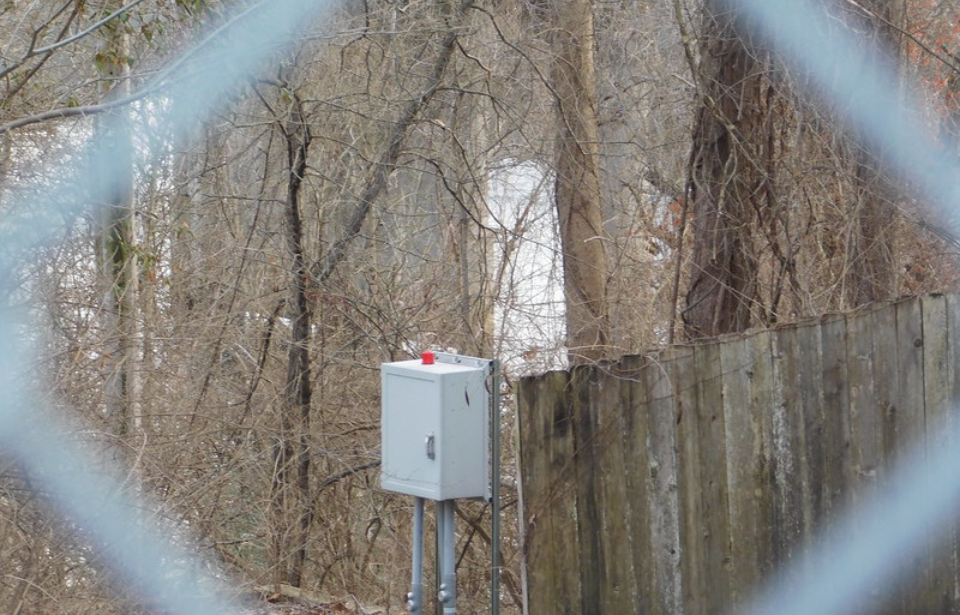In the early 1980s, Times Beach, Missouri, a small town along the banks of the Meramec River, became the epicenter of one of the most alarming environmental disasters in American history. What began as a routine attempt to control dust on the area’s dirt roads turned into a toxic catastrophe when it was discovered that the oil used for spraying was contaminated with dioxin, a highly dangerous chemical.
This led to the evacuation and eventual abandonment of Times Beach.
Founding of Times Beach, Missouri
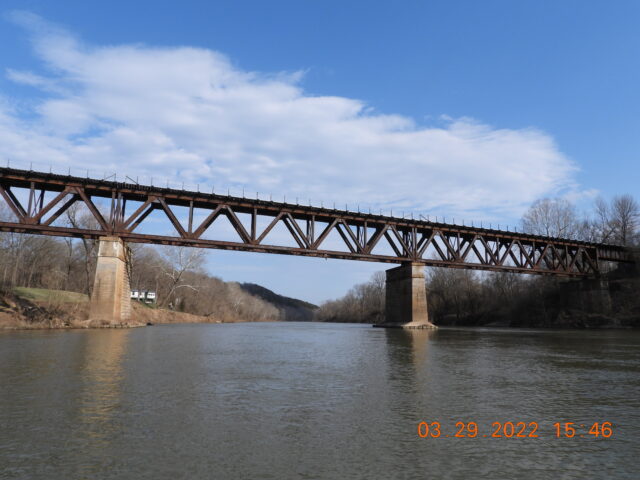
Times Beach was founded in 1925 by the St. Louis Star-Times as a summer resort community. The paper offered lots for $67.50, including a six-month subscription, attracting many St. Louis, Missouri, residents.
The town quickly grew, with many early buildings constructed on stilts to avoid flooding from the nearby Meramec. When the Great Depression hit in the 1930s, families started living in Times Beach year-round; the community evolved from a summer retreat to a permanent settlement. By the 1940s, it had grown into a lower-middle-class location.
The construction of Route 66 and the Meramec River Bridge furthered its growth.
Contaminated with Dioxin
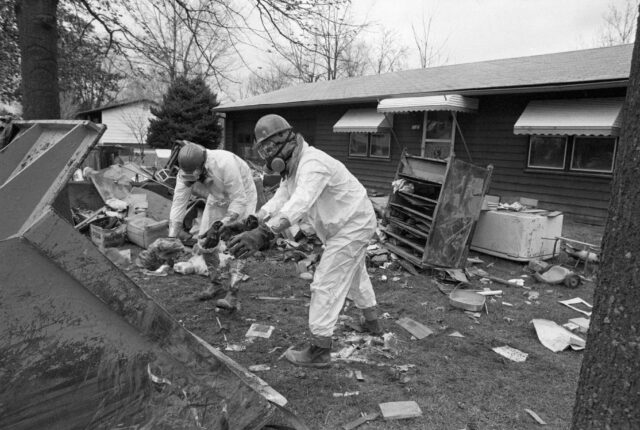
The seeds of disaster were sown in the late 1960s, when the Northeastern Pharmaceutical and Chemical Company (NEPACCO) began producing hexachlorophene (Nabac), a chemical used in disinfectants. This generated dioxin, a highly toxic compound.
NEPACCO subcontracted waste disposal to oil hauler Russell Bliss, who mixed the dioxin with waste oil and sprayed it onto dirt roads to control dust. His actions went unnoticed until 1971, when horses and other animals began dying at the stables where he had sprayed the mixture.
The Centers for Disease Control and Prevention (CDC) investigated and found high levels of dioxin. However, the full extent of the contamination remained unclear for years.
Flooding and contamination
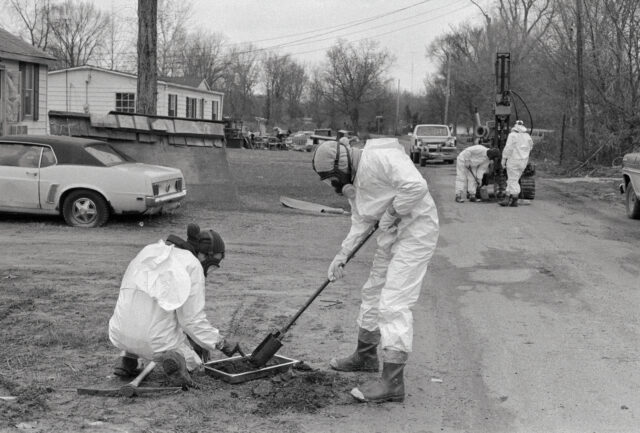
In December 1982, Times Beach experienced a devastating flood, just as the Environmental Protection Agency (EPA) confirmed dioxin contamination. The Meramec overflowed, spreading the toxic substance throughout the community.
The EPA’s tests revealed dioxin levels were well above what was considered safe, and the flood and contamination led to a federal buyout. In February 1983, the agency announced a $36.7 million buyout to relocate Times Beach’s 2,000 residents, with the town fully evacuated by ’85 and disincorporated by executive order.
Cleanup efforts
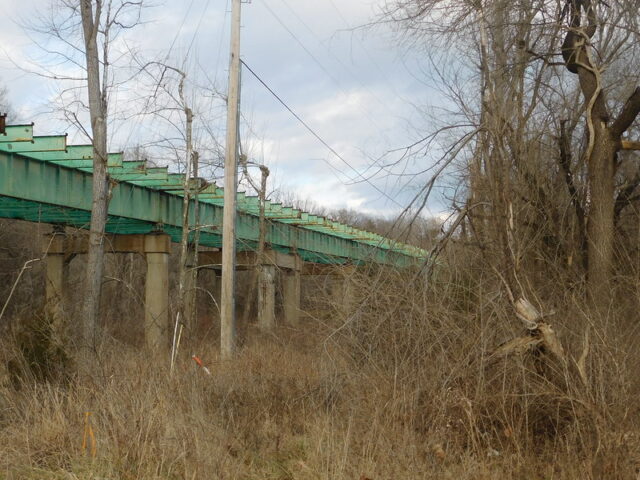
The contamination led to numerous lawsuits against the Northeastern Pharmaceutical and Chemical Company, Russell Bliss and other involved parties. The Resource Conservation and Recovery Act (RCRA) and the Comprehensive Environmental Response, Compensation, and Liability Act (CERCLA) were enacted to regulate hazardous waste disposal. They also established a Superfund for cleanup.
In 1995, an incinerator was built at Times Beach to burn contaminated soil from the town and other areas in Missouri, with the cleanup effort being completed in ’97, at a cost of nearly $200 million. By 2001, the Environmental Protection Agency removed Times Beach from its Superfund list, declaring the area safe.
Aftermath of what occurred at Times Beach
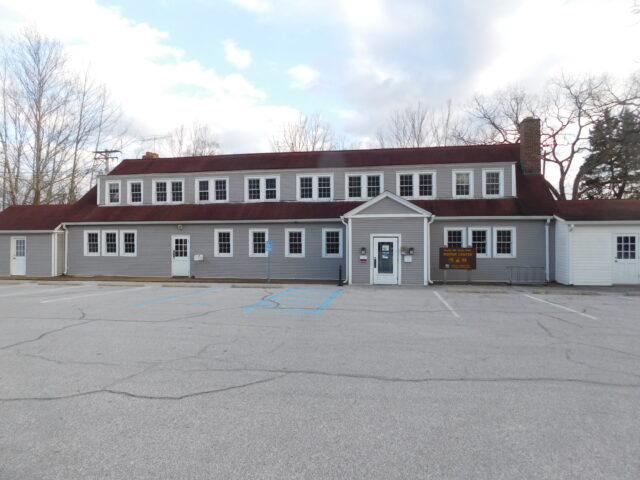
The evacuation of Times Beach left a lasting impact on its residents. Families were uprooted and there was psychological trauma. The long-term health effects of dioxin exposure remain a concern, although studies have shown no direct link to health outcomes among Times Beach residents.
More from us: Seven Terrifying Holes and Pits That Deserve Their Famous Reputations
Want to become a trivia master? Sign up for our Today In History newsletter!
Where Times Beach once stood is now Route 66 State Park, a 419-acre park commemorating the historic highway and the town’s history. The recreation area has trails for hiking, biking and equestrian use, along with a visitor’s center that’s housed in a former roadhouse.
